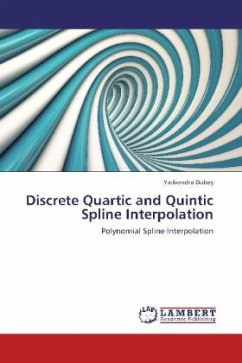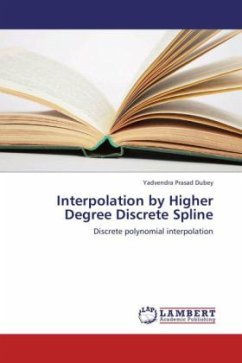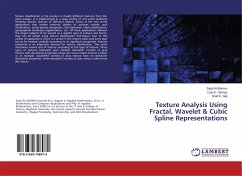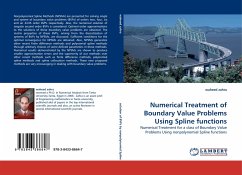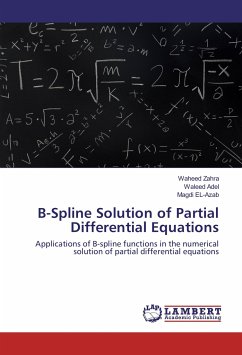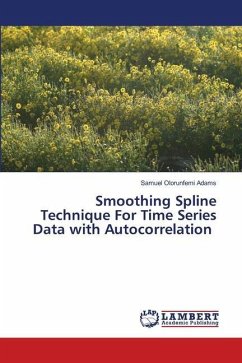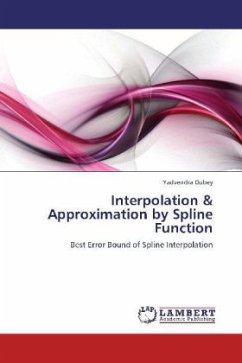
Interpolation & Approximation by Spline Function
Best Error Bound of Spline Interpolation
Versandkostenfrei!
Versandfertig in 6-10 Tagen
32,99 €
inkl. MwSt.

PAYBACK Punkte
16 °P sammeln!
Starting with the pioneering work of Schoenberg [1], the theory of spline functions and its applications have received much international importance and reorganization in recent years. We very often come across the interpretations of phenomenon in scientific studies which are generally described by functions. Often such functions do not have nice mathematical properties like differentiability, integrability etc. The absence of these useful mathematical properties makes it very difficult to handle with these functions which are so crucial for the study. Thus, in the direction of studies of thes...
Starting with the pioneering work of Schoenberg [1], the theory of spline functions and its applications have received much international importance and reorganization in recent years. We very often come across the interpretations of phenomenon in scientific studies which are generally described by functions. Often such functions do not have nice mathematical properties like differentiability, integrability etc. The absence of these useful mathematical properties makes it very difficult to handle with these functions which are so crucial for the study. Thus, in the direction of studies of these functions we replace these functions by an approximating functions having nice mathematical properties. Spline functions are essentially piecewise polynomial functions which meet certain smoothness requirement. The different pieces of spline functions of a certain order provide much greater degree of freedoms in comparison to polynomial functions of the same order. The choice of these degree of freedom in spline functions makes them quite flexible.



